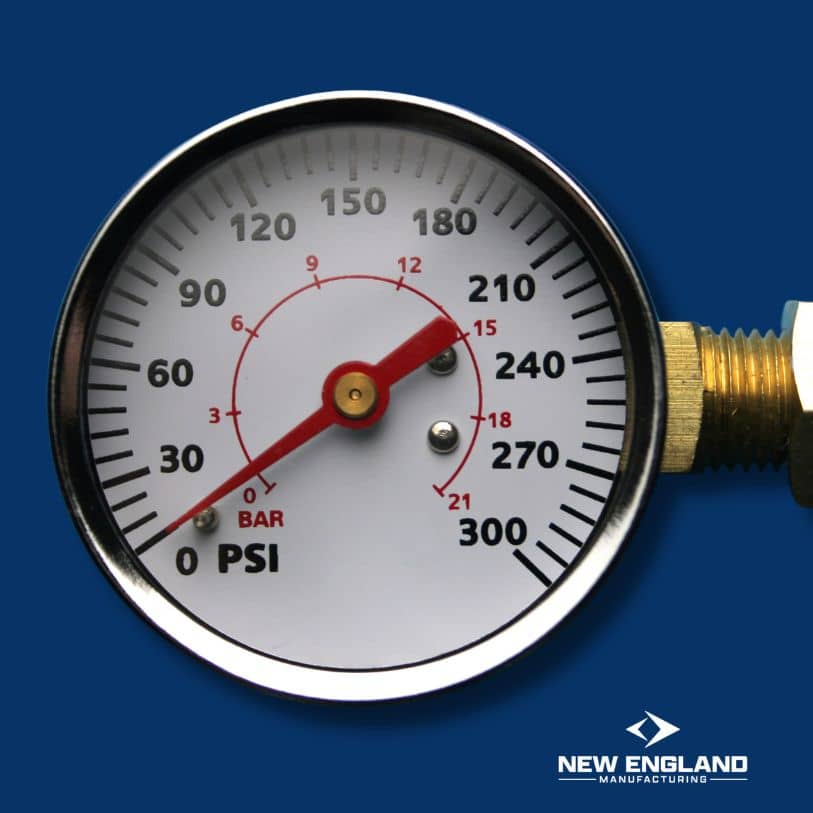Water Flow Measurement Devices: An Introduction to Flow Meters
The need for precise measurements is undeniable in the intricate world of engineering and industrial operations. When it comes to liquids and gases, gauging the rate of flow can be both an art and a science. Cue the heroes of this narrative: flow meters. These devices, vital in countless applications, ensure that various fluids move safely and efficiently. In this post, we will delve into different flow meters and their myriad applications, with a particular emphasis on “water flow measurement devices”.
Electromagnetic Flow Meters: The Pulse of Accuracy
At its core, an electromagnetic flow meter capitalizes on Faraday’s Law of Electromagnetic Induction. This type of meter is ideally suited for fluids that can conduct electricity, such as wastewater or specific industrial liquids. Because of its non-intrusive nature, it offers numerous advantages.
Key Features and Benefits:
- No moving parts, leading to minimal maintenance.
- Accuracy is unaffected by temperature, pressure, or viscosity changes.
- No pressure drop, promoting energy efficiency.
Applications of Electromagnetic Flow Meters:
Among the various water flow measurement devices, this one finds its place prominently in wastewater treatment plants. Additionally, it’s employed in industries like food and beverage, pharmaceuticals, and chemicals where precision is crucial.
Ultrasonic Flow Meters: Sound Waves to the Rescue
Ultrasonic flow meters, as the name suggests, use sound waves to measure the velocity of a fluid. They come in two primary forms: transit-time and Doppler. Transit-time meters measure the time an ultrasonic wave takes to travel with and against the flow direction, while Doppler meters detect the frequency shift when the fluid’s suspended particles or bubbles reflect an ultrasonic signal.
Key Features and Benefits:
- Non-invasive and non-contact measurement method.
-
You can use it with a wide range of liquids, including those with particulates.
- Often portable, allowing for versatile applications.
Applications of Ultrasonic Flow Meters:
Given the adaptability of these water flow measurement devices, they’re popular in applications such as water and wastewater management, oil and gas industries, and chemical processing.
Turbine Flow Meters: The Spin Masters
Turbine flow meters operate on a simple principle: as fluid flows through the turbine, it causes the turbine blades to spin. The rate at which these blades rotate is directly proportional to the fluid velocity.
By measuring the rotational speed, one can determine the flow rate.
Key Features and Benefits:
- High accuracy, especially for steady, high-speed flows.
- Suitable for a variety of fluids, including gases, liquids, and vapors.
- Compact design, making it easy to install and use.
Applications of Turbine Flow Meters:
Being versatile water flow measurement devices, turbine flow meters see extensive use in the oil and gas sector, chemical industries, and even in HVAC systems to monitor the flow of coolants
Positive Displacement Flow Meters: Precision in Every Rotation
Positive Displacement (PD) flow meters operate by repeatedly filling and emptying chambers of a known volume with the fluid. As the fluid flows, it pushes these compartments, causing them to rotate or move, and the number of times these chambers are filled and emptied represents the volume of fluid passed.
Key Features and Benefits:
- High level of accuracy, especially for low flow rates.
- Can handle viscous fluids without much trouble.
- Direct volume measurement, making it independent of fluid properties.
Applications of Positive Displacement Flow Meters:
Among the varied water flow measurement devices, PD meters stand out in sectors such as fuel dispensing (think gasoline pumps), hydraulic testing, and the food and beverage industry, especially for measuring viscous fluids like syrups.
Vortex Flow Meters: Riding the Wave
Vortex flow meters work by placing a bluff body (an obstacle) in the path of the fluid. As the fluid goes past this body, it creates alternating swirls or vortices downstream. The frequency of these vortices is directly proportional to the velocity of the fluid. By measuring the rotational speed, one can determine the flow rate.
Key Features and Benefits:
- Relatively low maintenance since there are no moving parts.
- Wide flow range capability.
- Resistant to changes in process conditions.
Applications of Vortex Flow Meters:
Being robust water flow measurement devices, vortex meters are commonly used in industries like steam flow measurement, utility services, and the chemical sector.
Differential Pressure Flow Meters: The Time-Tested Choice
This type utilizes a constriction in the flow channel, causing a drop in pressure downstream of the constriction. The flow rate can be calculated by measuring this difference in pressure before and after the constriction. Think of it as water flowing smoothly in a river and then encountering a narrow channel; the speed and behavior change are noticeable.
Key Features and Benefits:
- Proven track record, being one of the oldest methods.
- Wide applicability for various fluids.
- Flexibility in design with orifices, nozzles, and ventures as primary elements.
Applications of Differential Pressure Flow Meters:
The long-standing reliability of these water flow measurement devices has led oil and gas industries, water distribution systems, and chemical processing plants to widely utilize them.
In Conclusion
The intricacies of fluid dynamics demand tools and instruments that can ensure precise and accurate measurements. Flow meters, in their diverse types and designs, rise to this challenge brilliantly. Each type offers unique advantages tailored for specific applications, from electromagnetic to ultrasonic, from the spinning turbines to the vortex creators. Whether you’re an industry professional, a curious student, or someone just trying to understand the world better, it’s evident that these devices play an integral role in making various industries function efficiently and safely. The next time you come across a liquid or gas being transported or processed, know that there’s likely a flow meter ensuring everything goes smoothly.

Mark R.
With a strong foundation in industrial safety and fire protection systems, Mark R. specializes in creating clear, technical, and compliance-driven content. Writing for SafeTech Reports, he covers topics such as fire hydrant testing, PPE protocols, emergency procedures, and smart technology integration in safety systems. His work ensures that professionals stay informed on the latest regulations, best practices, and emerging trends in safety and infrastructure maintenance.
Get in touch
We usually respond within 24 hours
Need Reliable Water Flow Test Equipment?
For over 70 years, New England Manufacturing has been the trusted source for fire hydrant and water flow testing kits. From pitot gauge kits to custom test kits, we provide precision, durability, and expert calibration to meet your needs.
- Custom-built test kits
- High-quality pressure gauges
- Reliable calibration services


